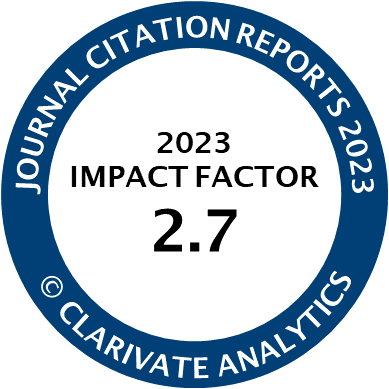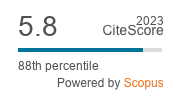Article | Open Access
Migrants as “Objects of Care”: Immigration Coverage in Russian Media During the Covid-19 Pandemic
| Views: | 2331 | | | Downloads: | 1136 |
Abstract: For over 20 years, Russia has been within the top five most attractive countries for immigrants. Before the pandemic, the federal policies that stimulated the immigration of cheap workforce contradicted the public perception and the media coverage of immigrants as problematic communities. Unlike labor immigrants, the EU refugees from the Middle East were depicted as a challenge for the disunited and unhospitable EU, and re-settlers from Donbass were portrayed highly sympathetically. These differences remain virtually unstudied. We explore the coverage of immigrants and refugees in Russia during the Covid-19 pandemic to see whether, under its impact, the coverage was equal and humanistic rather than different and politically induced. Based on content analysis of 12 Russian federal and regional textual media and four TV channels in 2020, we show that the differences described above have persisted and even intensified during the pandemic, supported by pro-state media, with only marginal counterbalancing from oppositional news outlets. The discourse about labor immigrants pragmatically focused on immigration-related problems for businesses and the state, channeling the authorities’ position on immigrants as “objects of proper care,” while the EU refugees were depicted as “objects of improper treatment.” In both discourses, immigrants were equally deprived of their subjectivity. In general, the immigration-related issues were not a major focus, especially for regional media, and the pandemic has not led to the re-humanization of immigration coverage.
Keywords: Central Asia; Covid-19; European Union; migration; migration crisis; migration coverage; Russia
Published:
© Svetlana S. Bodrunova, Anna Smoliarova. This is an open access article distributed under the terms of the Creative Commons Attribution 4.0 license (http://creativecommons.org/licenses/by/4.0), which permits any use, distribution, and reproduction of the work without further permission provided the original author(s) and source are credited.




